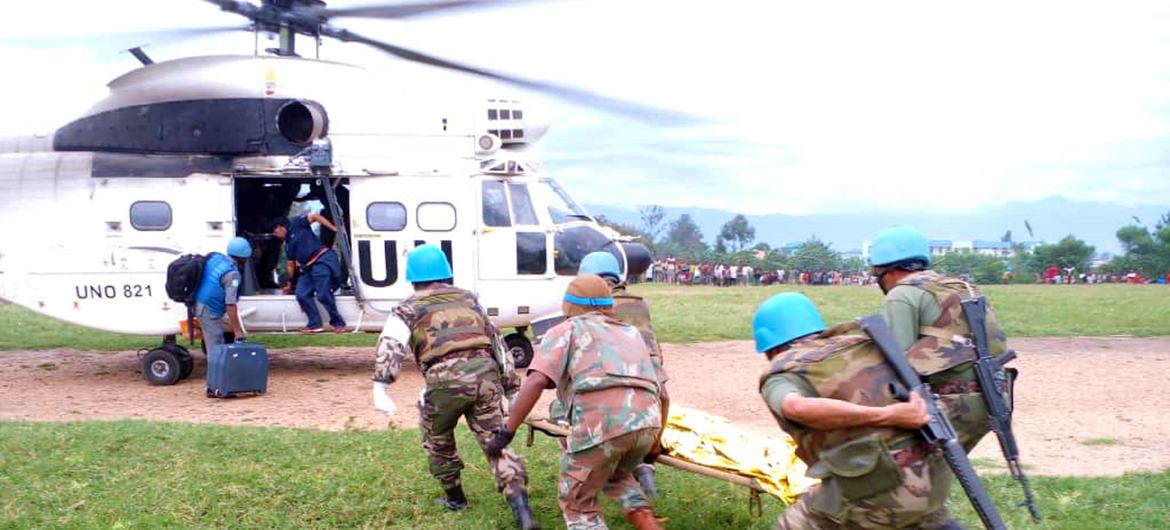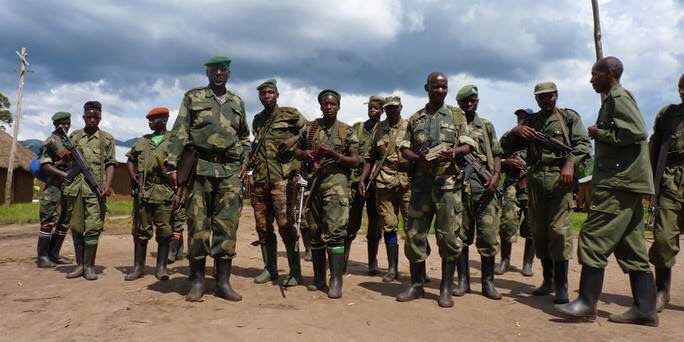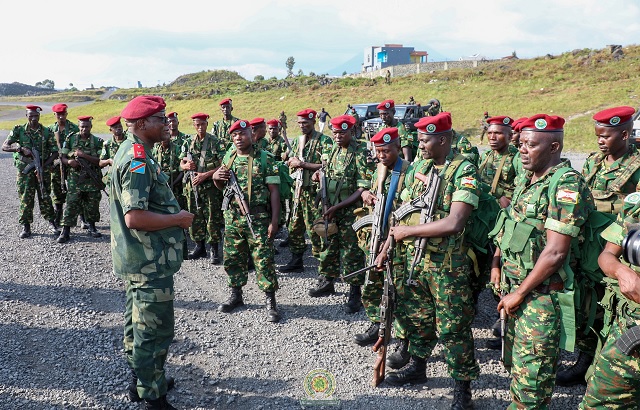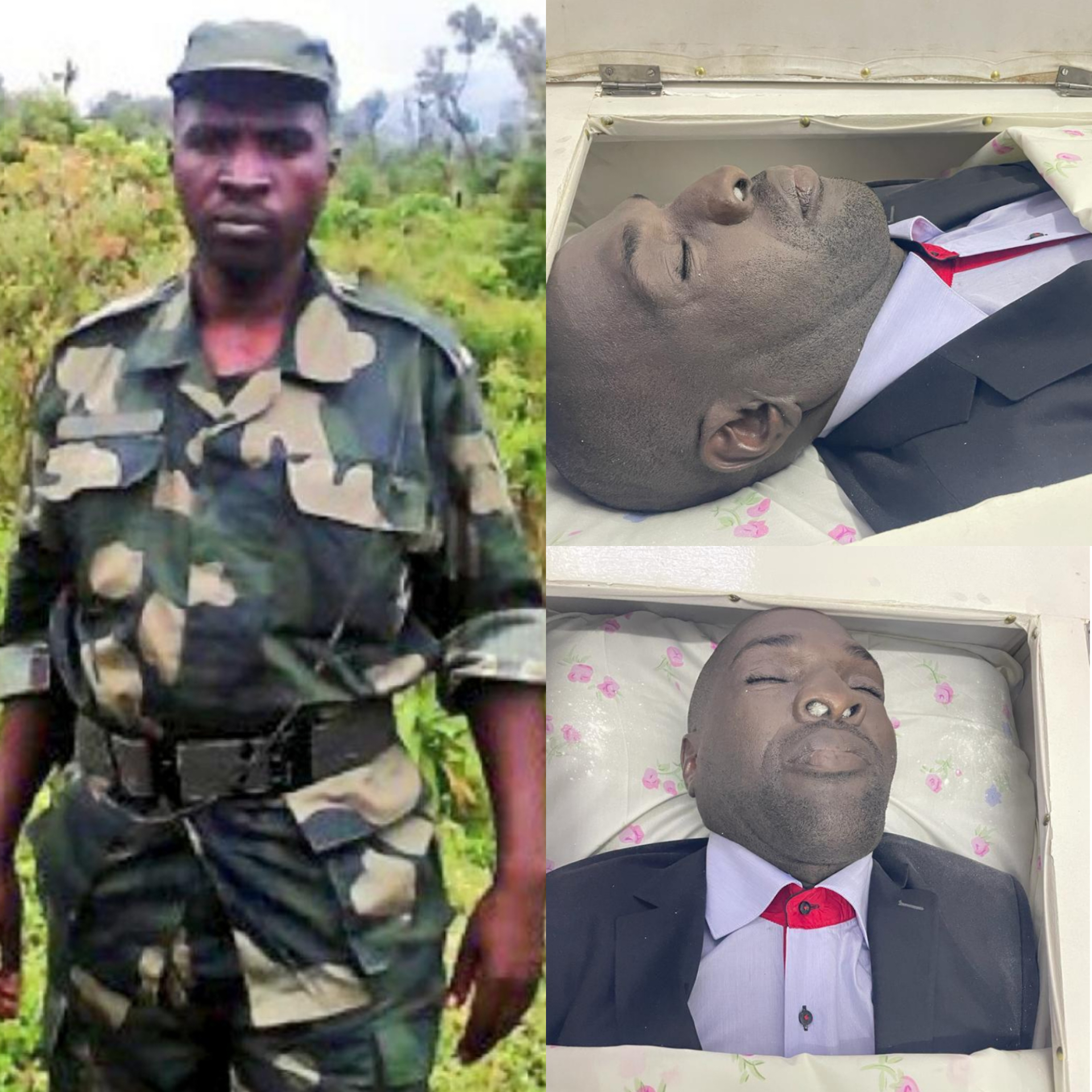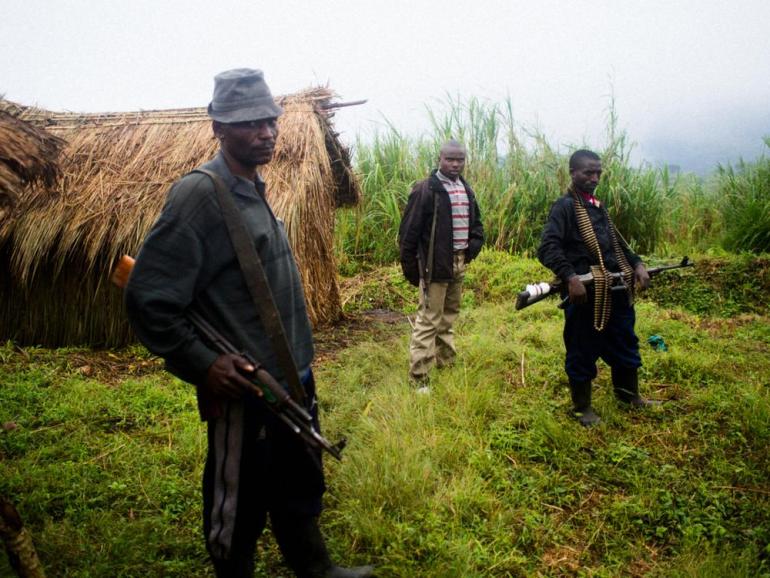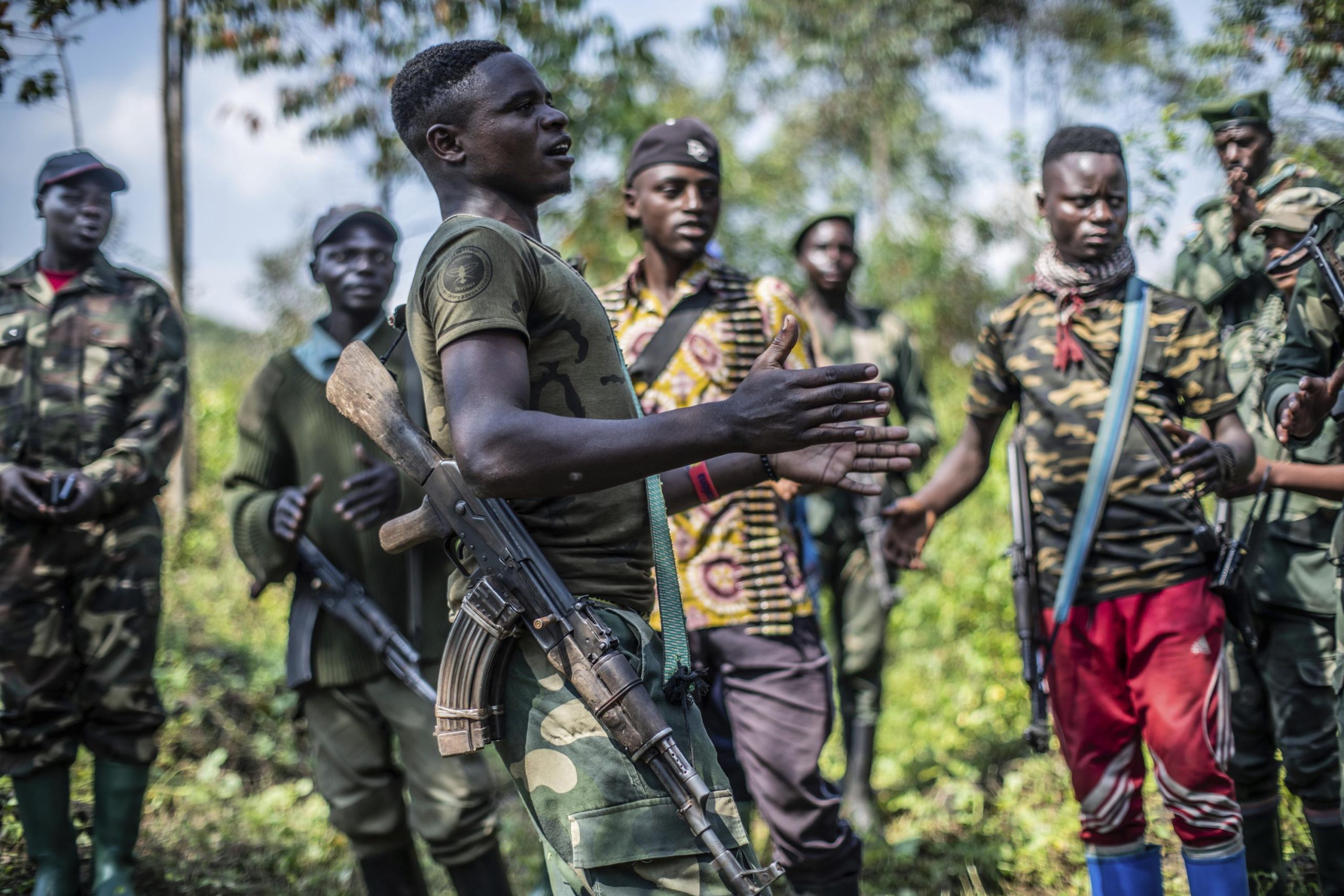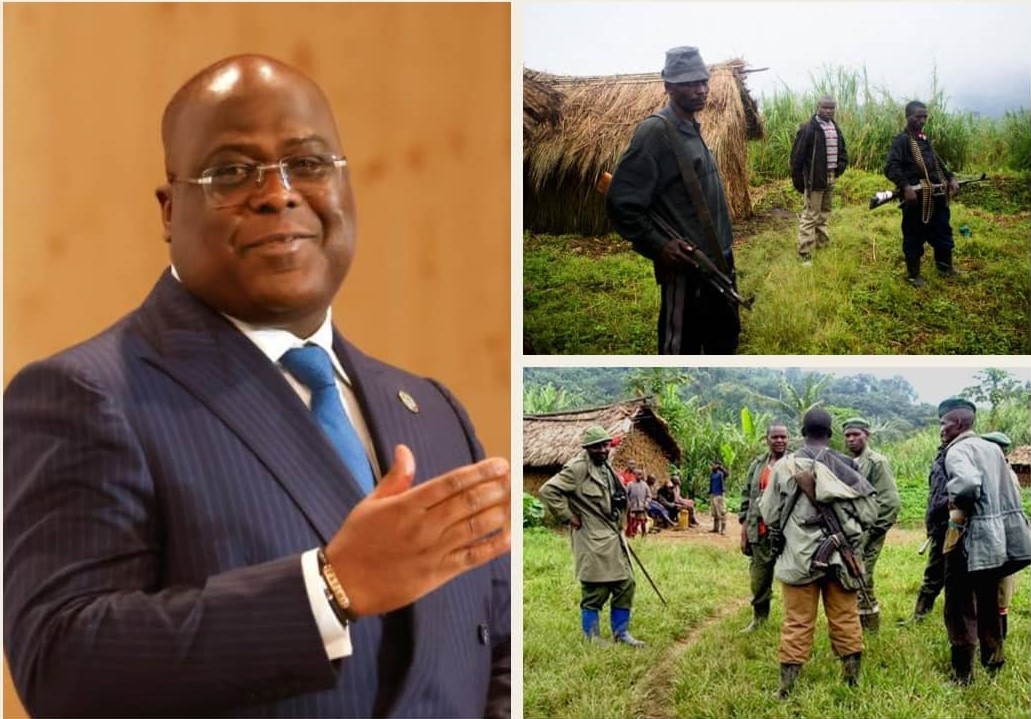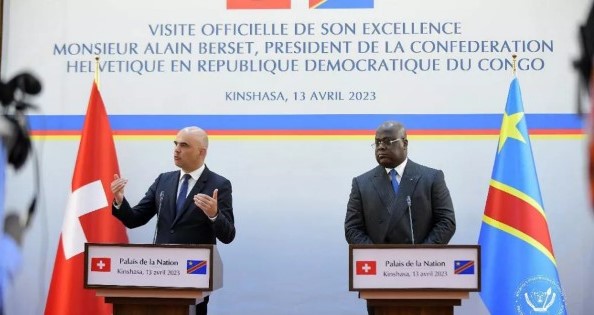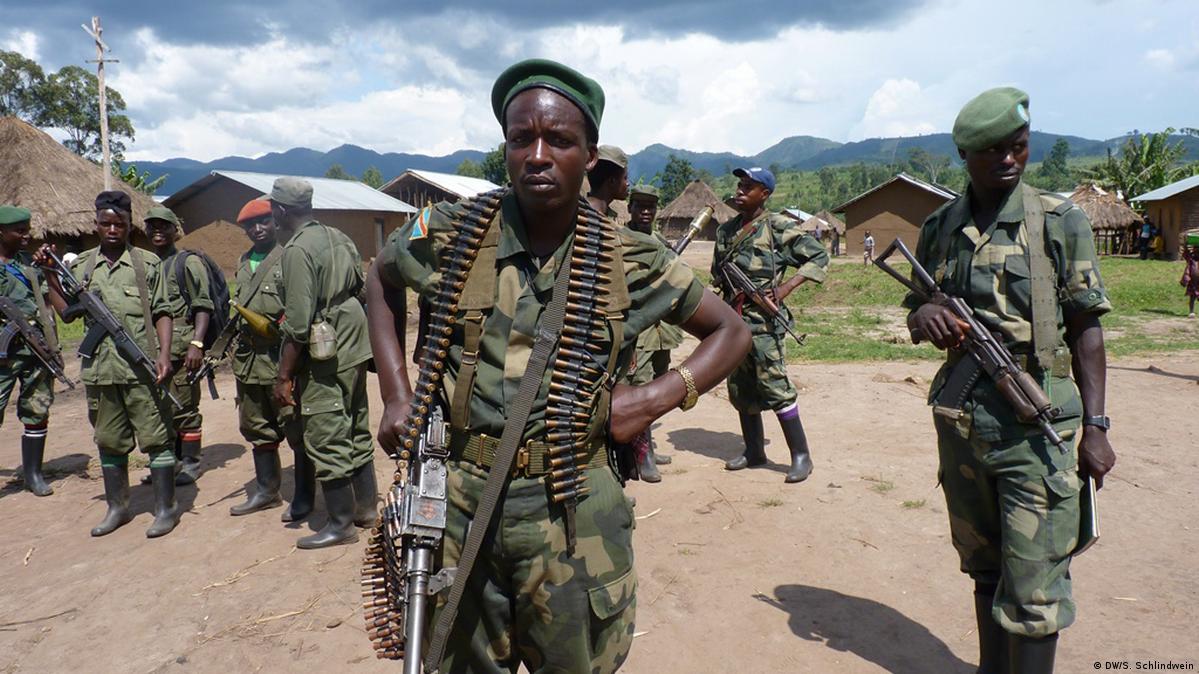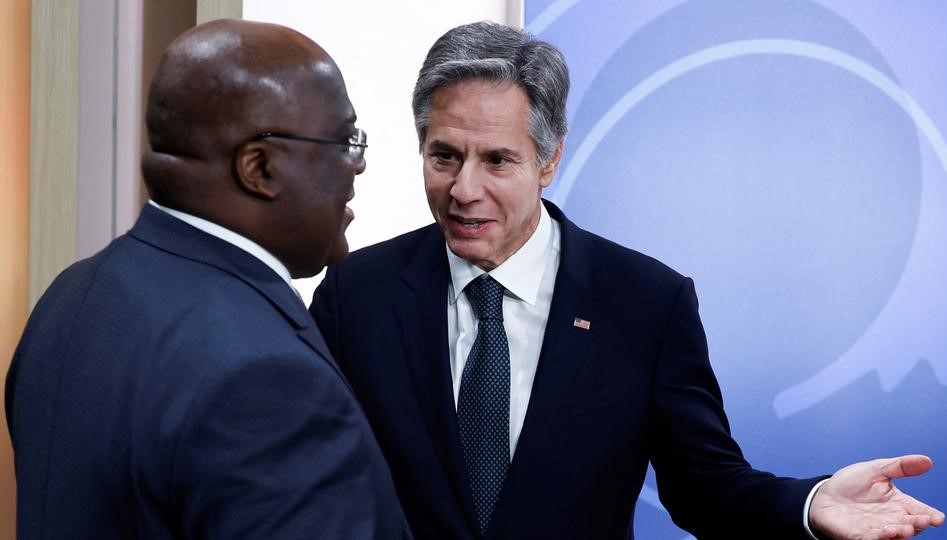Regional
Genocidal militia integrated in FARDC: Wazalendo operating under FDLR command
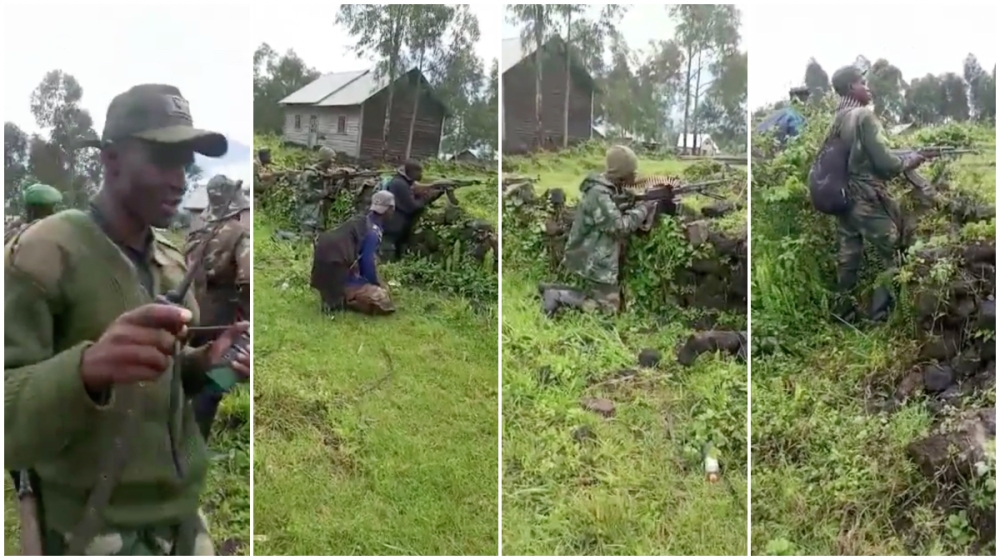
In
January 2024, Brig Gen Lucien Nzabanita, alias Karume Andre, was appointed new
coordinator of Wazalendo militia coalition, replacing Brig Gen Sebastian Uwimbabazi,
alias Abdallah Nyembo. They are both commanders of FDLR, a terrorist group
formed by remnants of the perpetrators of the 1994 Genocide against the Tutsi
in Rwanda.
According
to sources, Nzabanita promised Kinshasa to reorganize the defeated and
dispersed Wazelendo deserters so as to fight and finish off the M23 rebels. In
return, Kinshasa would reward FDLR to take control of all eastern DRC’s areas
close to Rwanda. The bases will be used strategically to destabilize Rwanda.
The
move came following intensified clashes as the Congolese army coalition of
Burundian troops, SADC troops, Eastern European mercenaries, Wazalendo militias
and FDLR, attacked M23 rebels.
The
end of 2023 saw large scale hostilities in the volatile east of the Democratic
Republic of Congo resuming, after almost eight months of a ceasefire overseen
by the East African Community Regional Force (EACRF). Congolese President Felix
Tshisekedi forced the EAC regional force out of his country.
The
M23 rebels, who at the time had withdrawn from territories they had occupied
handing them over to EACRF as part of the agreement to a ceasefire were
attacked at Kilolirwe, Nturo, Gicwa, and some other areas in Masisi Territory,
North Kivu Province.
The
Wazalendo were initially about 6,000 but soon after, were neutralized to less
than a half, during battles against the M23. The Wazalendo, less trained, were
reorganized by FDLR’s intelligence chief, Gen Uwimbabazi, who was also in
charge of the militia coalition’s operations.
The
new DRC-FDLR deal was reached during a 2023 meeting held in Kavumu, Kalehe
territory, in South Kivu Province. The FDLR has been working with Kinshasa, and
the genocidal militia was successfully integrated into Congolese national army,
even in the presidential guards.
The
collaboration between FARDC and FDLR is not new as it has existed ever since
the 1990s, when the remnants of the genocidal forces including Ex-FAR and
Interehamwe militia, found sanctuary in the eastern DRC. Supported and armed by
successive Congolese governments, FDLR’s aim is to attack Rwanda and overthrow
the current democratic government.
An
October 2022 report by Human Rights Watch noted that the Congolese army
supplied arms and ammunition to FDLR. One FDLR fighter said: “It’s the
government [troops] that would always provide us with ammunition. They also
gave us uniforms and boots.”
In
1999, ALiR militia (before they tactically changed name to FDLR) killed eight
foreign tourists, including two American citizens, in Uganda's Bwindi Forest, a
wildlife park located on the border between DRC and Uganda. The US sanctioned
ALiR and designated it a terrorist organization in 2001.
In
mid-2000, ALiR rebranded itself as FDLR, but their same dangerous ideology
persisted. This militia spreads genocide ideology in eastern DRC, and continues
sowing it in the whole region.
Numerous
accords demanding for the unconditional disarmament of FDLR have failed, with
Kinshasa showing no will to comply.
The
integration of FDLR in the Congolese national army has resulted in the targeted
killing of Congolese Tutsi civilians. The FDLR continues to pose a threat to
regional stability.



